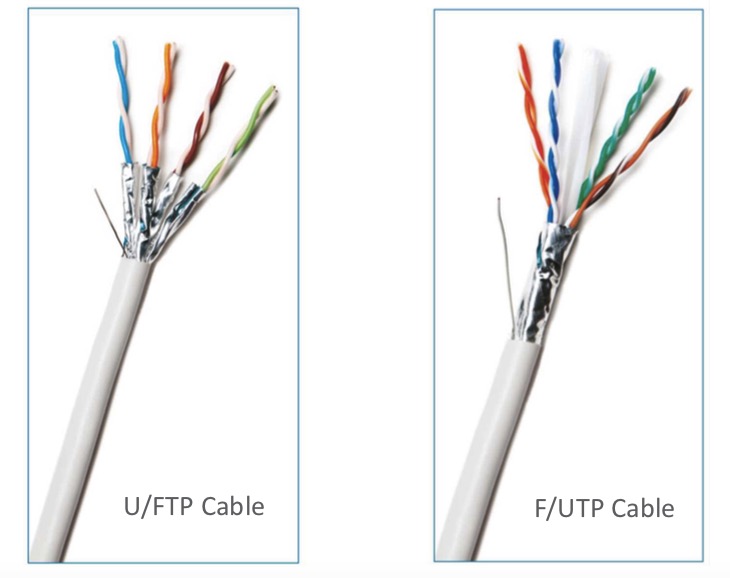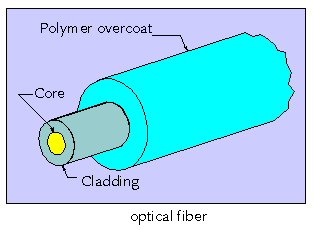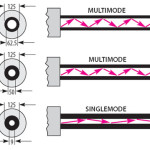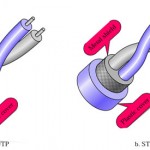Shielded cabling systems are strongly recommended for category 6A (Class EA) installations, but the user still has to choose between two optional shielding options: F/UTP or U/FTP. This presentations shows the inherent benefits of U/FTP cables of F/UTP cables. The comparison is done for cables containing only a single drain wire. Cables with an overall copper braid (in various constructions) providing better grounding are available in both configurations, namely SF/UTP and S/FTP, but they do not affect the comparison as they improve the coupling attenuation and transfer impedance of both constructions equally.

Pair Lay Length
- In F/UTP cables the NEXT loss and FEXT Loss (crosstalk between the pairs) is controlled by the lay-length. Due to the crosstalk coupling mechanism, higher frequencies require twisting the pairs in shorter lay length, and each pair must have a different lay.
- In U/FTP cables the NEXT loss and FEXT Loss are mainly controlled by the individual foil shields so the pairs can be twisted in relatively long lays, which are quite similar in all 4 pairs.
Additional U/FTP cable benefits: Low delay skew
As all 4 pairs have very similar lay lengths the propagation delay skew of
- U/FTP cables is very small: Usually 5~8 ns/100m, compared to the maximum of 45ns/100m allowed by the standard
- F/UTP cable have much higher values, some are close to the maximum of 45 ns/100m (for the bulk cable
Benefits U/FTP cables compared to F/UTP
All pairs twisted in long lay lengths:
- Easier to untwist – shortening termination time
- Lower DC resistance per cable length => better PoE support
- Lower delay skew (8~15 nS/100m)
Each pair wrapped with a metal foil:
- Better heat dissipation => better PoE support
- Extremely high NEXT loss and FEXT loss
- High tolerance to cable abuse during installation
Foamed insulation:
- Lower dielectric constant => Higher velocity of propagation (Vp)
- Lower dielectric losses => lower attenuation








